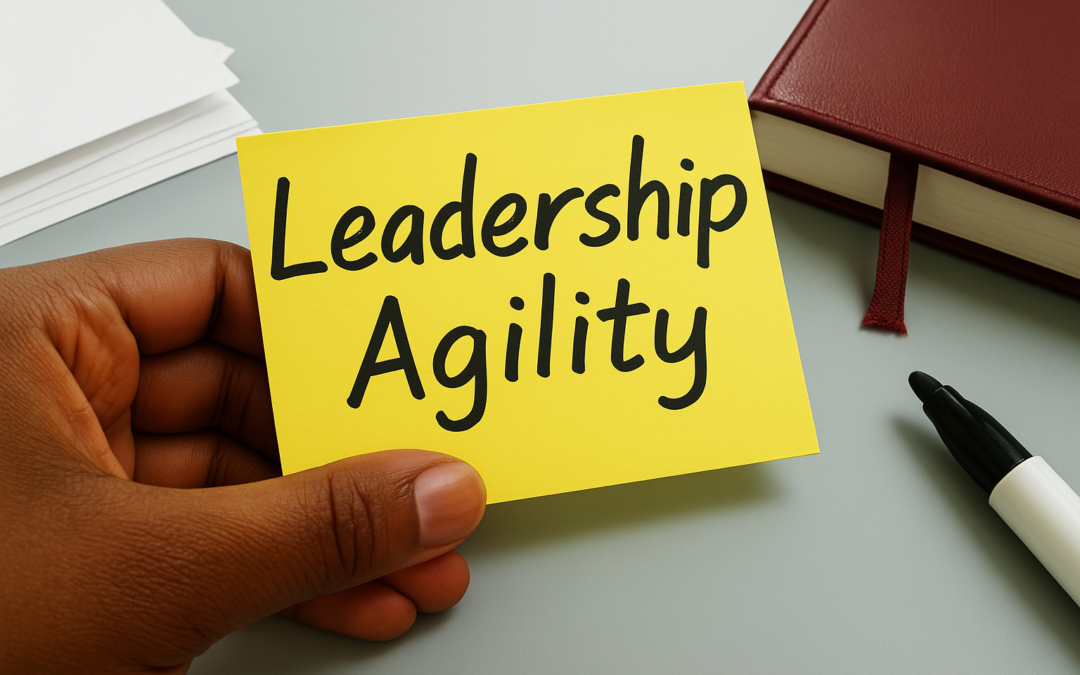Self-aware Leadership Development
Leadership, as someone once wrote, is “one of the most observed and least understood phenomena on earth.” That line has stood the test of time—and for good reason. For all our progress, self-aware leadership development remains a complex challenge. We often recognise great leadership when we see it, but struggle to define it or replicate it with certainty.
In business, discussions around leadership usually orbit three familiar themes:
- How leaders think, act, and influence
- How people respond to leadership and engage with it
- The systems and environments in which leadership takes shape
Of these, it’s the leader themselves who still attracts the most attention. We’re fascinated by personality, presence, and the seemingly unteachable “it” factor. The old debate lingers: are great leaders born, or can they be developed?
Figures like Field Marshal Montgomery believed leaders needed “infectious optimism” and visible resolve, even in moments of doubt. Henri Fayol saw leadership as careful planning and execution. David Ogilvy celebrated the complicated character—someone confident, never petty, and not shaken by defeat. These views, though dated, still echo in how we think about leadership today.
But let’s be honest: leadership in the modern world looks very different.
The Shift: From the Heroic to the Human
In today’s organisations, leadership isn’t about being the loudest or most dominant voice in the room. It’s about presence, perspective, and adaptability. Leadership is no longer a role reserved for the chosen few—it’s a practice that can be shaped, refined, and strengthened over time.
This is exactly the thinking behind Lumina Leader, a powerful psychometric tool created by Dr Stewart Desson, a business psychologist and founder of Lumina Learning. Unlike older models that place people into rigid categories, Lumina Leader embraces complexity. It explores how personality influences leadership behaviour—and how those behaviours shift in everyday settings, under pressure, and at our best.
At inemmo, we use Lumina Leader to help leaders discover their natural style, their leadership strengths, and where they may overextend, especially under stress. It supports self-awareness in a structured, evidence-based way—making the invisible aspects of leadership visible and actionable.
Structure Still Matters
Of course, leadership isn’t only about personality. Some of the most effective leaders in history—like Alfred P. Sloan at General Motors—succeeded because they understood systems. They built solid structures and equipped others to thrive within them. In contrast, individuals with star power but little strategic depth often struggle to sustain success.
The best leaders today combine both: an understanding of themselves and the ability to shape systems around them. They know when to step forward, when to step back, and how to align people around shared goals.
Leadership vs. Management: A False Divide?
Abraham Zaleznik, writing in Harvard Business Review, famously argued that leaders and managers are fundamentally different creatures. Managers seek stability. Leaders seek movement. But in today’s world, that binary feels dated. The most effective leaders draw from both disciplines—balancing strategic clarity with empathy, structure with creativity.
Warren Bennis, one of the great thinkers on leadership, found that successful leaders consistently pay attention to what matters, define direction, and bring people along with them. It’s less about certainty and more about alignment.
So, What Now?
Leadership is evolving. It’s becoming more inclusive, more psychologically aware, and more context-driven. Tools like Lumina Leader are part of this evolution—helping leaders move beyond vague ideals and towards real understanding.
In practice, this means:
- Knowing your natural strengths and how others perceive them
- Recognising how you behave under stress—and where it may trip you up
- Learning how to stretch your style to meet the needs of different situations and people
Above all, it means understanding that leadership isn’t a fixed trait or a job title. It’s a living, breathing process—something shaped by reflection, experience, and honest feedback.
So, the next time we talk about leadership, maybe we should look beyond the myths and focus on the mindset. The truth is, leadership isn’t about being perfect. It’s about being real, being aware, and being ready to grow.

